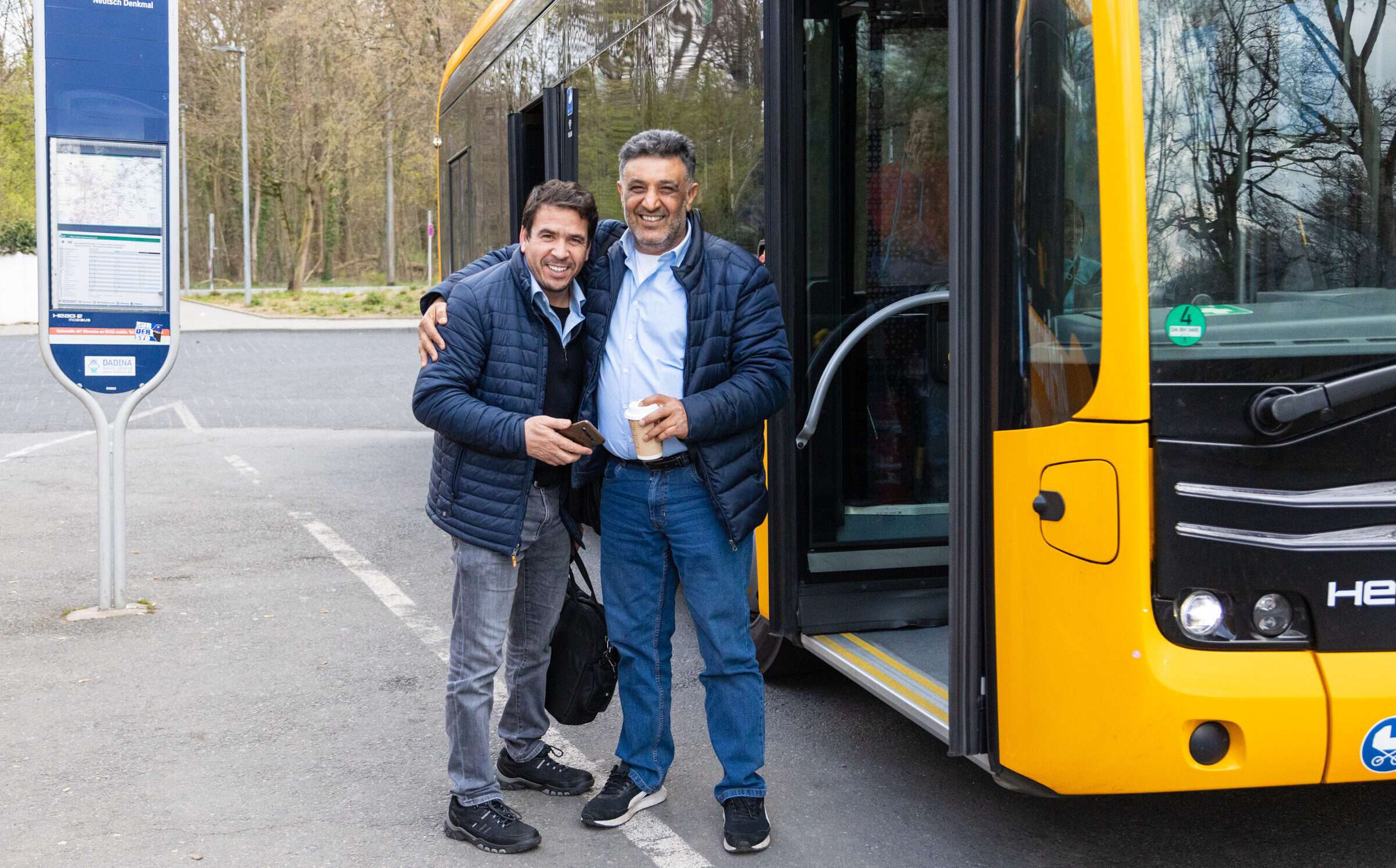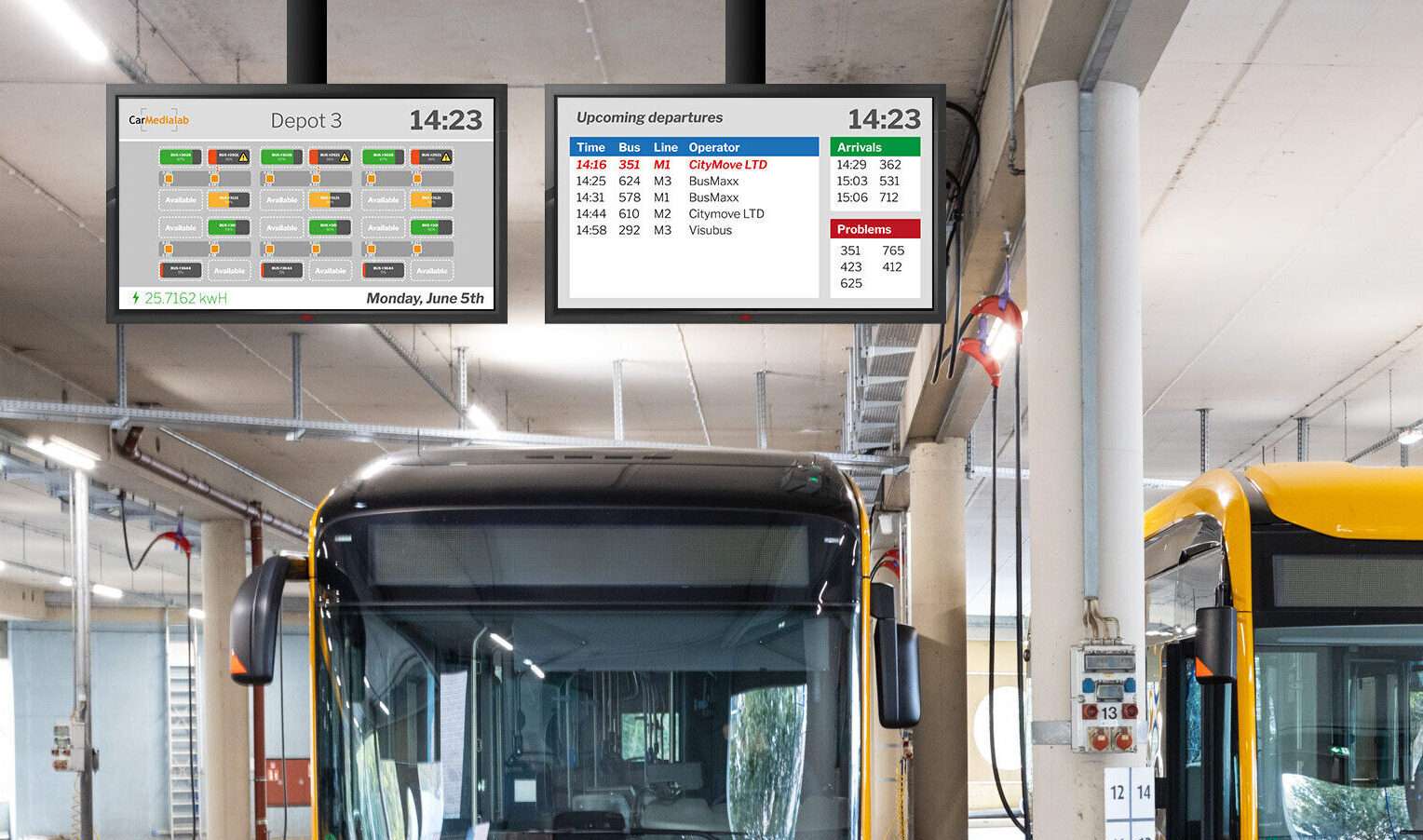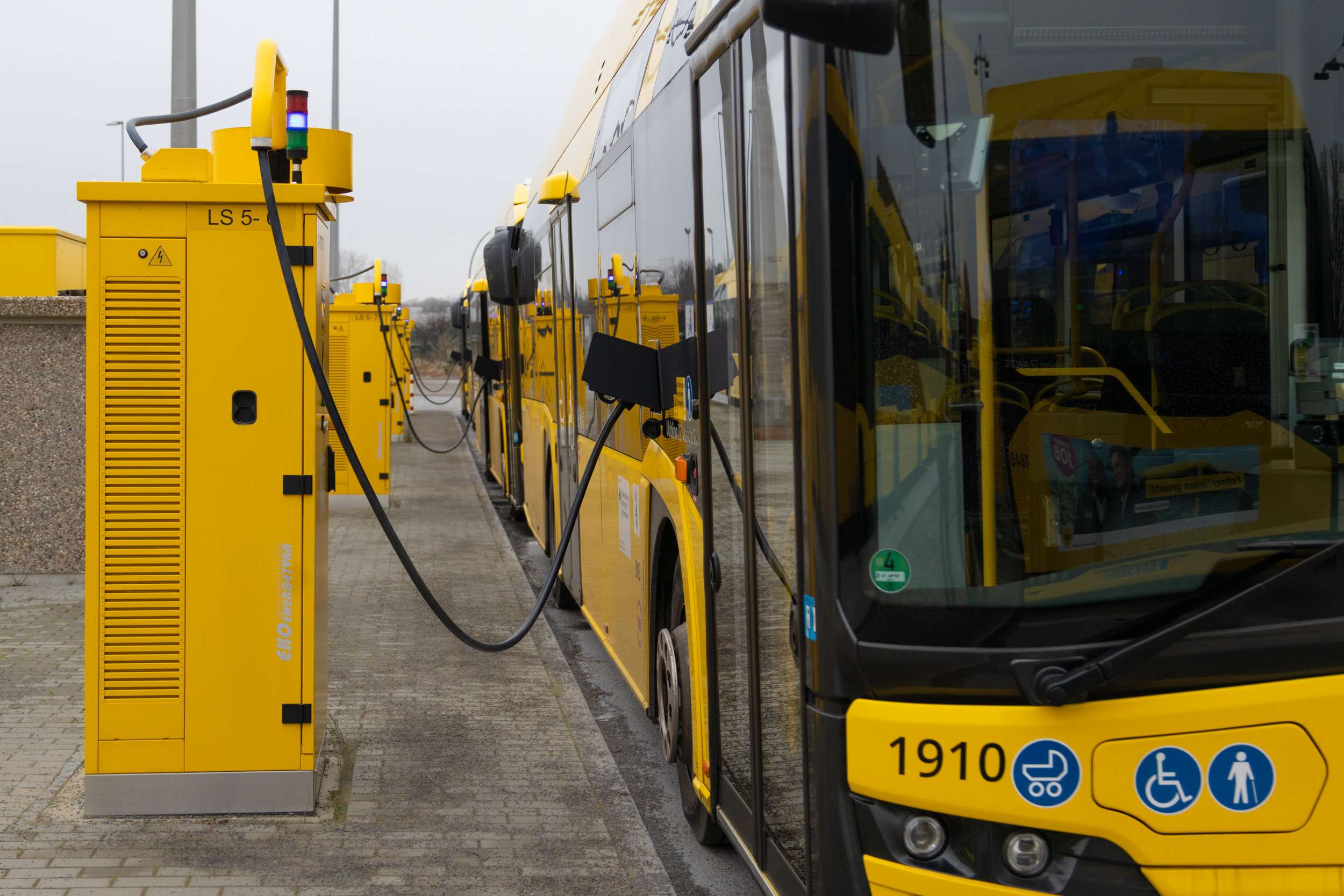
E-bus Charge Management
As the number of electric buses in your fleet grows, so does the need for efficient charge management. MOBILEcharge supports you with accurate energy demand forecasts and detailed reports, monitors your charging processes in real time and ensures balanced charge management. This helps to avoid costly peak loads. See for yourself and check out the free demo – no appointment necessary.
Intelligent charging of e-buses

Dashboard
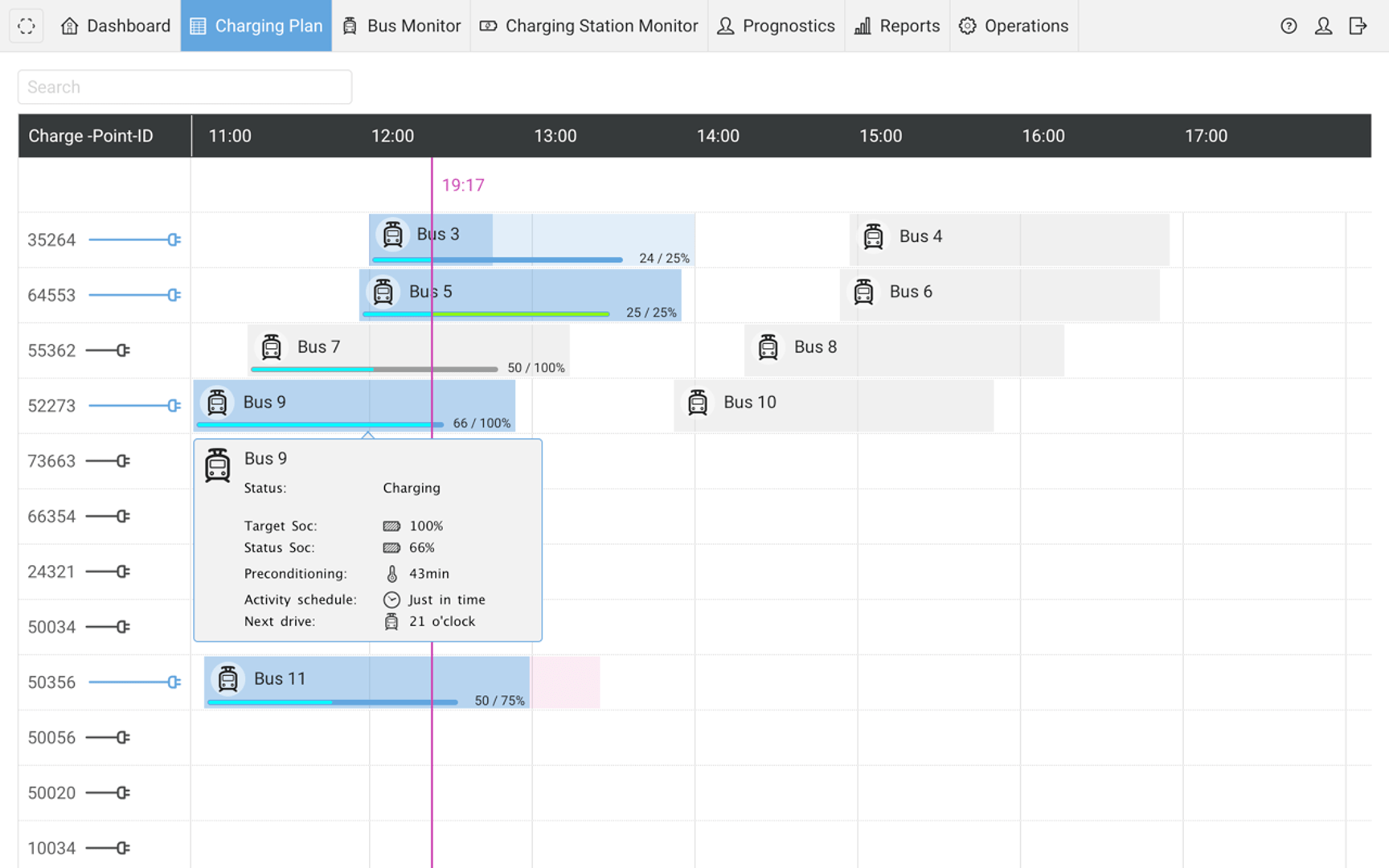
Charging plan
Find your solution with us
- Experience with Smart Charging since 2008
- Full project experience with OCPP 2.0.1
Active co-creation of standard interfaces (VDV 261, VDV 463, etc.)
- Numerous successfully completed system tests
- Mature understanding of the procedures of transport companies
- Previous integration of leading charging infrastructure manufacturers
Benefit from MOBILEcharge features
- Management of different operators
- Central management of multiple depots
- Full control of your fleet(s)
- Energy quantity and sources always in view
- Automated energy control
- User role for authorized users
- Integrated control of the charging infrastructure
- Fast charging at the touch of a button
- Deployment for rail replacement services and unexpected situations
- Targeted notifications
- Configuration and optimization according to your requirements
- Monitoring energy consumption live
- Control and cost management for efficient decisions
- Charging station is set to maintenance mode
- Planning of resources and charging capacity
- Security for offline charging stations
- Substation Monitoring
- Automatic Preconditioning

- Optimized e-bus departure
- Set departure times directly at the charging station
- Automated charging specifications
- Visual representation of your bus depot
- Quick overview of operations and available charging stations
- Flexible customization to the depot structure
That’s why MOBILEcharge
Intelligent charging processes
Centralized charge management
Optimized charging performance
Battery saving
Standards
Control and valuable insights
Independent and safe data
Easy to integrate
Intelligent charging processes
Centralized charge management
Optimized charging performance
Battery saving
Standards
Control and valuable insights
Independent and safe data
Easy to integrate
Deep Dive
Videos for further information
A charge management system interconnects infrastructure and vehicles. It should therefore be compatible with systems from different manufacturers. Decide for yourself which software you want to use. Peak shaving is a method of charge control. The aim of this method is to balance power drawn from the energy grid. In doing so, power peaks are capped and energy costs are reduced.
We coordinate your growing electric bus fleet and make ideal use of charging windows in the depot and on the route through charging management. Our management system ensures parallel, controlled and automated charging processes. It links charging points, energy supply and operational information systems. The result is a balanced load management system that incorporates your operational requirements, lower peak power and the use of cost-effective energy tariffs.
Many aspects have to be considered and the overall strategy must be defined before electric buses can be successfully incorporated into your fleet. E-bus integration has an impact on numerous operational processes – from planning and scheduling to operations control. Electromobility is nothing short of a complete paradigm shift – but it can be mastered successfully in 7 steps.
Tide succeeds in starting to operate electric buses in Bergen with complete success. With MOBILEcharge, charging processes can be controlled and monitored. This makes it possible to see remotely if there is a fault, if a charge is not working, and how the state of charge of each bus develops during the night. This innovative and sustainable solution could be a model for many other cities.

A selection of our projects
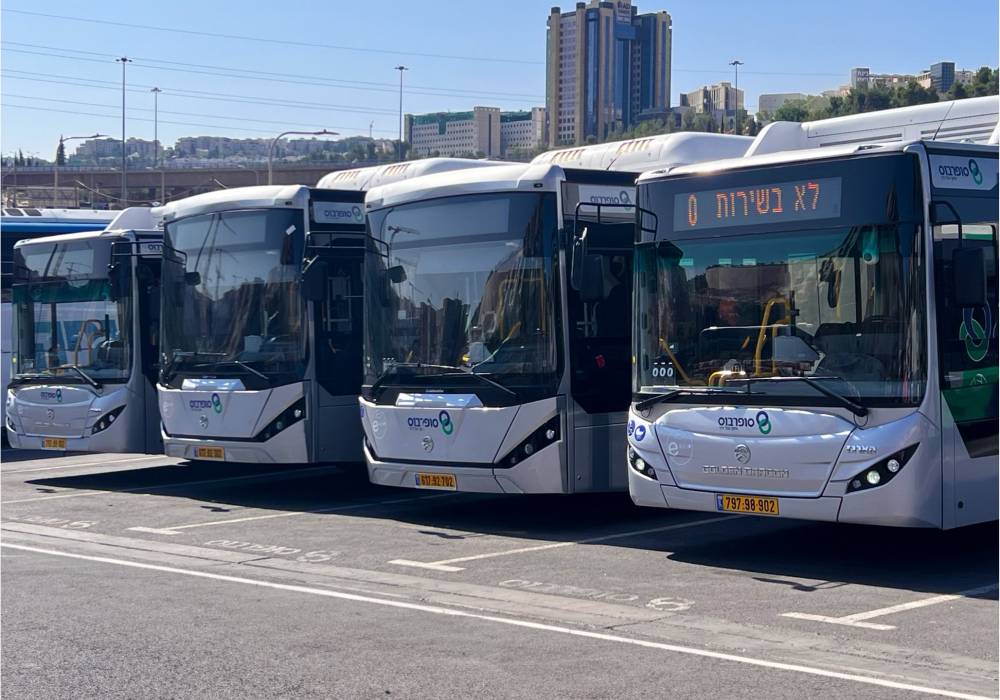
Israel
450 e-busses
1.372 charging points
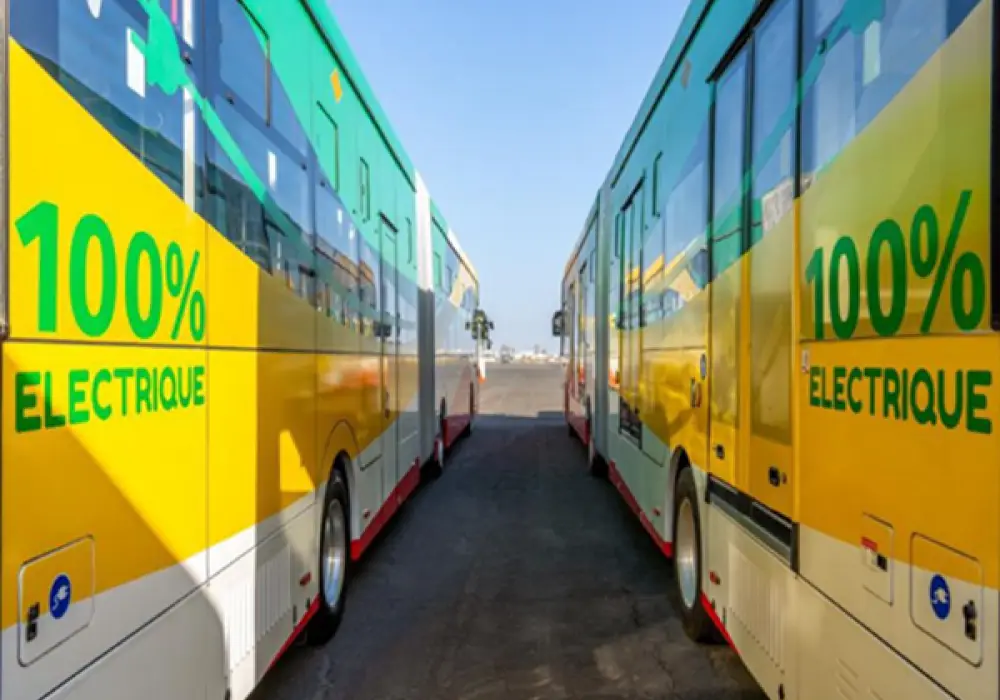
Senegal
121 e-busses
120 charging points

Spain
83 e-busses
200 charging points
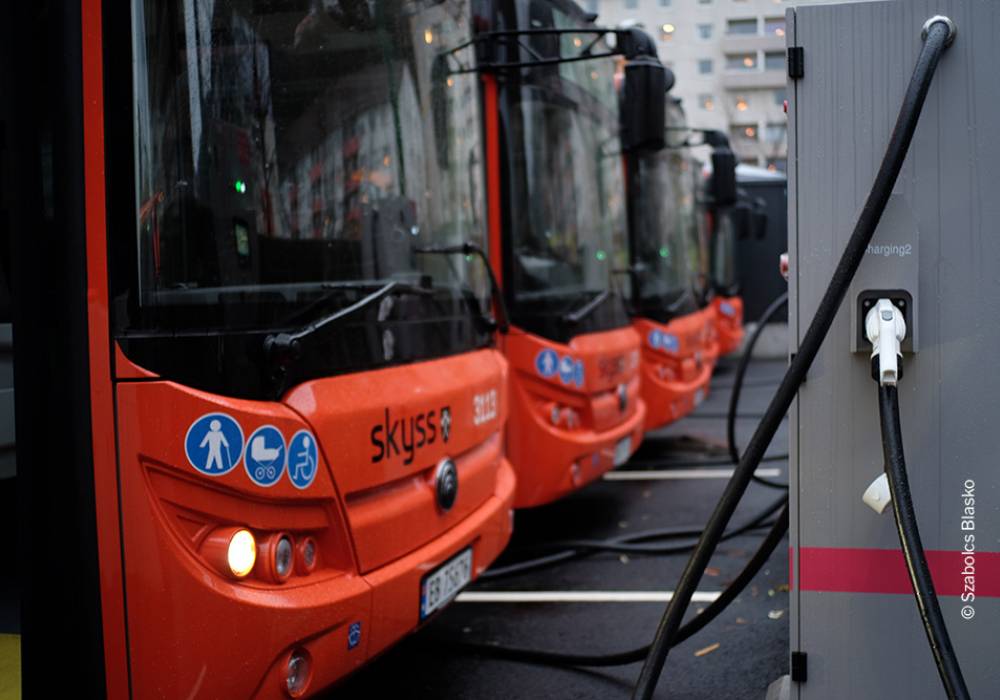
Norway
138 e-busses
100 charging points
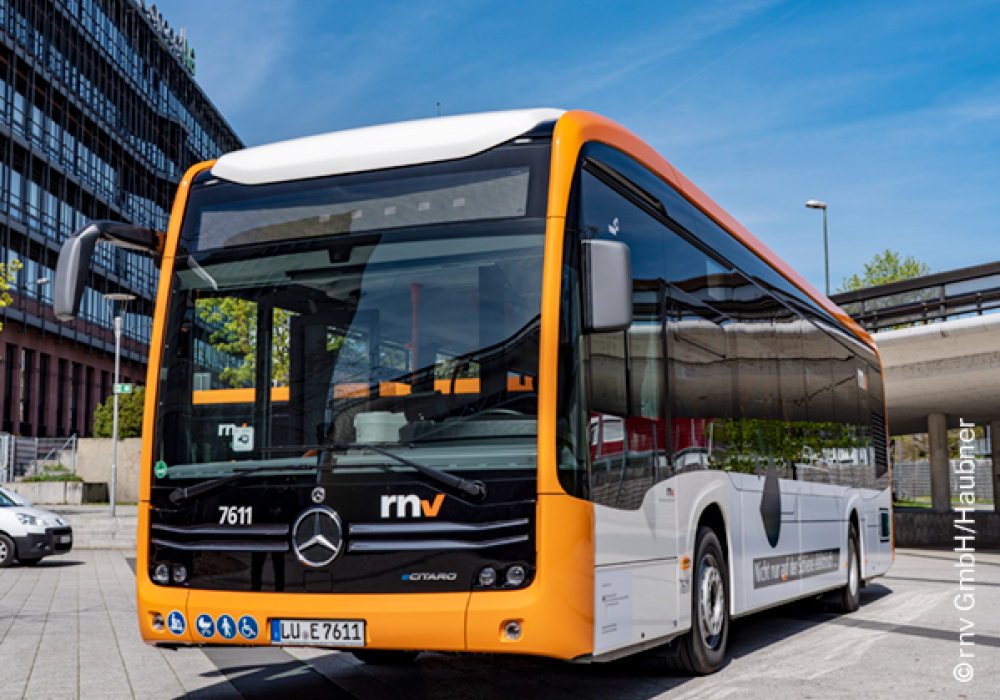
Germany
84 e-busses
62 charging points

Germany
43 e-busses
48 charging points
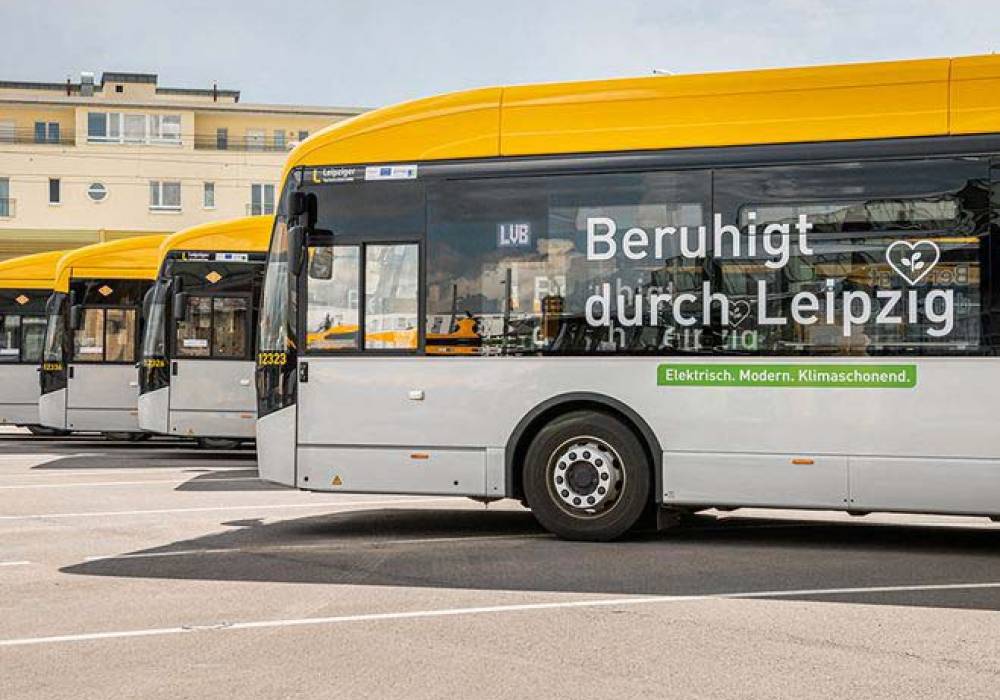
Germany
38 e-busses
40 charging points
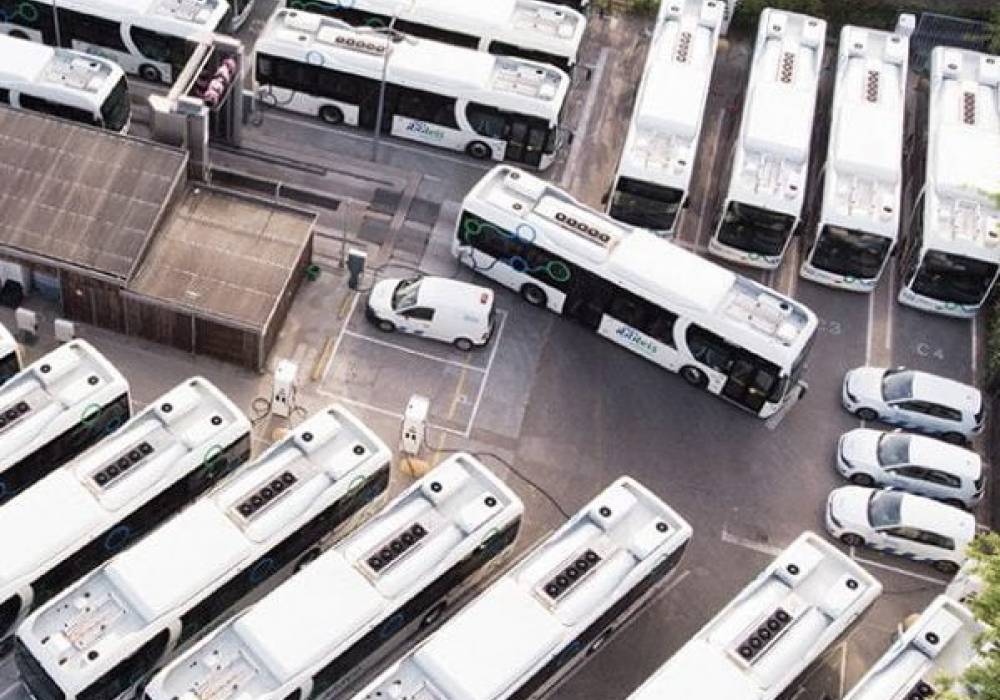
Netherlands
246 e-busses
300 charging points
Satisfied customers worldwide

Eric F.
Sustainability is at the core of who we are as a public transportation provider, and battery-electric buses are crucial to our zero-emission future. We’re excited to partner with CML to improve the performance of these vehicles, and the experience for our riders.

Shirley W.
We chose CMLs charge management system for all our bus depots all over Israel. MOBILEcharge will help us to have a maximum number of buses available on time with minimal use of the grid and minimal costs. Let the electrification revolution begin!

Melissa D.
The Data Tester by CML has convinced us: simple vehicle connection, efficient signal checking and a user-friendly web interface. We are very satisfied with the results.

Hugo V.
Wonderful collaboration […] we will look forward to continuing this really good work.

Anton G.

Tore G.
Finally somebody who’s understanding smart charging entirely.

Dennis H.
The long-awaited system for vehicle data testing. We as VCDB have a great interest in the Data Tester, as we also provide vehicle inspections for customers.

Paul G.
It’s been a pleasure working with you guys from the beginning and the best is yet to come!

Mark S.
A great example of how our customers can benefit with their ISO 15118 adaption through partnership and collaboration.








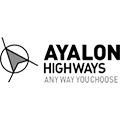
























All at a glance
Learn more about MOBILEcharge in our Product Description and in our article about Potential Cost Savings of a Charge Management. You can get support for the creation of tenders from our Tender Support.
Are you interested in further documents? Visit our download area.
Frequently Asked Questions
The charging time depends essentially on the vehicle’s charging type and battery size. Charging in the depot is currently 150 kW, while pantograph charging can be up to 450 kW. For a battery with 400 kWh, the charging time is about 6 hours for depot charging and 2 hours for pantograph charging.
VDV 463 is an interface that regulates communication between the charging management system and the upstream systems of the transport companies (traffic control system (ITCS) and depot management system (BMS)). This means that planning requirements from operations are taken into account when controlling charging processes via the charging management system, and important vehicle status data is also transferred to the upstream systems.
VDV 261 defines how the charging management system communicates with the vehicle via the charging station with regard to preconditioning. It is based on an extension of ISO 15118.
Buses can be charged conductively (physically connected to charging station) with direct current or inductively (contactless) with alternating current. Charging begins fully automatically once the vehicle and the charging station have been connected and data has been exchanged between the two systems. In addition to overnight charging at the depot, there are also concepts in which the vehicles are briefly charged at high power at each end of the line. Different charging concepts will make more sense, depending on the line length and route profile, for example, one option could also be inductive charging at individual stops.
The larger the fleet, the more important charge management is. Controlling and monitoring multiple charging processes is very time-consuming and can lead to problems without charge management. For example, power connections can be overloaded or vehicles might not be fully charged in time, which could lead to outages.
Charging can be monitored using central charging management software. The charging management software exchanges information with the vehicle, gives commands to the vehicle, and graphically displays the current information status . Charging management software can also exchange data with other systems and use information from other systems to integrate the status information into the user’s context. The software is location-independent and can be used from anywhere.
The charging processes can be controlled in different ways. Technically, the charging station controls the charging process in close cooperation with the vehicle. Basically, the vehicle communicates how much energy it needs and the charging station supplies the energy according to a prescribed charging profile. The charging profile can be improved by charging management software.
International Standard – “Road Vehicles – Vehicle to Grid Communication Interface”. ISO 15118 is a collection of international technical standards that define a high-level communication interface for charging purposes. This standard finds broad utilization in modern electric vehicles. Thus, charging stations as well as electric vehicle supply equipments are required to conform the ISO 15118 standard.
Systems with communication interfaces which use the OCPP standard are considered OCPP compliant or OCPP conform. It means that different charging points can be linked to different central systems if they have all been developed to be OCPP compliant.
In order to verify how compatible they are with other systems, CarMedialab regularly takes part in “testivals” where all of our product’s functions are examined and validated to ensure they comply with standard application.
- Vehicle manufacturers (OEM)
- Charging infrastructure manufacturers and charging point operators (CPO)
- E-mobility service providers (EMP)
- Roaming platform providers (ROP)
- flexibility marketers/service providers, and network operators.
OCPP standard version 1.6 is the most widely used protocol in charging technology. Version 2.0.1 is a further development and is the latest version of the protocol.
More information can be found here:

Contact me!
You may also be interested in
Public Transport insights
